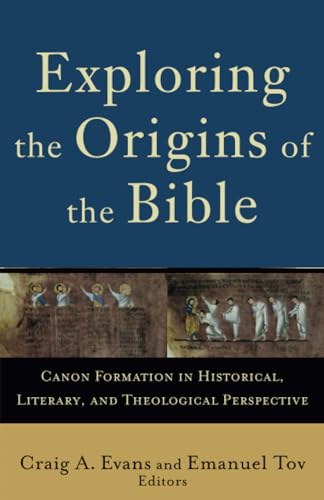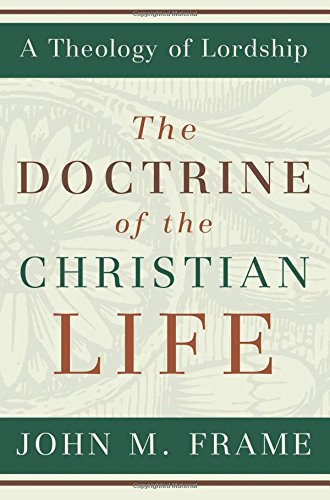The Gravity of Sin: Augustine, Luther and Barth on ‘Homo Incurvatus in Se.’
Written by Matt Jenson Reviewed By Adam J. JohnsonWhat do we lose by understanding our sin simply as guilt or death? And what do we gain by understanding our sin in its vital connection to our relationship with God and those around us? Jenson’s book explores such questions by developing the implications for the doctrine of sin resulting from the twentieth century’s development of a relational ontology—the idea that the nature of a thing is constituted by its relationships. In doing this, he seeks to cultivate a rich and multifaceted understanding of sin held together by the metaphor of humanity curved in on itself: homo incurvatus in se.
The argument takes a historical shape, moving from Augustine’s City of God to Luther’s commentary on the book of Romans, exploring Daphne Hampson’s feminist critique of Christian accounts of sin and concluding with a survey of Barth’s hamartiology as seen in the Church Dogmatics. This structure allows Jenson to gradually set forth a vision of the doctrine of sin as incurvature construed within a relational ontology through its development in certain aspects of the thought of these key figures. It is important to recognize from the outset, however, that his is not at a book on the history of doctrine. Treating Barth after Daphne Hampson and altering the order of Barth’s treatment of sin in CD IV/1–3 are just two indications that Jenson’s thesis is primarily a constructive argument rooted in the “metaphor of humanity ‘curved in on itself’ (homo incurvatus in se)” (p. 2). In other words, the roughly historical flow of the argument serves dogmatic purposes rather than strictly historical purposes. When understood in this framework this is an artful presentation of a significant development of a key doctrine.
According to Augustine, a “prideful (if futile) turning from God to self” is the paradigmatic sin (p. 7). However, as such it is “the willful re-direction of attention and love from God to the human self apart from God which results in alienation from God and the fracturing of human society” (p. 7). Jenson draws together the various strands of this aspect of Augustine’s thought, using him as the basis for developing a relational understanding of sin rooted in incurvature. Augustine’s contribution is somewhat “ambiguous,” however, in that his “inward” spirituality risks undermining the relational understanding of creation and sin. In Luther, Jenson finds a radicalization of Augustine’s thought that is potently developed in Luther’s view of salvation in which we are “re-created in Christ as [we die] and [are] raised from the dead with him” (p. 57). This allows for a relational account of sin in which the remedy is firmly located outside of ourselves in Christ, circumventing certain Augustinian dangers.
Turning to feminist theology, Jenson explores the thought of Daphne Hampson, who offers a thoroughly relational account of sin rooted in experience in such a way as to distinguish gendered forms of sin. The result is a dismissal of traditional hamartiology as irrelevant to women. While Jenson notes significant problems in this argument, he appreciates that it (1) expansively broadens our understanding of sin and (2) raises the question of whether the metaphor of ‘man curved in on himself’ is sufficient to incorporate the contribution of feminist theology.
Jenson concludes his argument with the theology of Karl Barth, whose christologically oriented understanding of sin offers both the unity Jenson seeks (affirming sin as ‘man curved in on himself’) while simultaneously developing the diversity called for by the feminist critique, all in the context of a thoroughly relational ontology rooted in God’s election to be the Lord of a people in the person and work of Jesus Christ. The key is that Barth acknowledges three primary forms of sin (pride, sloth, and falsehood), each of which is developed “first and foremost by broken relationships in which people live for themselves rather than for God and others” (p. 131).
A weakness in this book is that the polemic edge of Jenson’s argument is almost entirely implicit. Jenson suggests that the relational turn within theological ontology is “one of the most striking features of the landscape of the Western mind in the last century” (p. 1). The significance Jenson attributes to this development as it relates to hamartiology could shine forth more brightly throughout the book. Drawing on certain elements in Augustine’s and Luther’s thought to develop his thesis, Jenson off-sets the significance of the relational turn in the twentieth century. How can the relational turn be such a momentous development if two of the most significant theologians in the history of the church argued for it centuries ago?
The key lies in the structure of Jenson’s account. He uses certain aspects from the history of theology to develop his own unique contribution to the development of the doctrine. The danger with this approach is that the argument can at times hide itself amongst the exposition of historical developments. I would greatly have appreciated a more robust exposition of the nature and role of original sin in the thought of these theologians, as it would have brought out more clearly some of the substantialist aspects of Augustine’s and Luther’s hamartiologies. This would ensure that the polemic edge of Jenson’s argument and the force of the changes set forth by Barth and feminist theologians would be all the more clear and compelling.
That said, Jenson’s book assists us in having a broader understanding of sin, capable of guiding us to a fuller understanding of freedom from the bondage of sin in the person and work of Jesus Christ.
Adam J. Johnson
Adam J. Johnson
Cedarville University
Cedarville, Ohio, USA
Other Articles in this Issue
We begin with a question of translation. Many translations place a period after the word “conviction” in 1 Thess 1:5: “in power and in the Holy Spirit and with full conviction...
The Inexhaustible Fountain of All Good Things: Union with Christ in Calvin on Ephesians
by Lee GatissJuly 10, 2009 was the 500th birthday of the acclaimed French Reformer John Calvin...
The name of Martin Luther is perpetually linked to the doctrine of justification by faith alone...
Of the many questions currently surrounding the discussion about justification, the relationship between justification and spiritual fruit merits attention...
Every year a few students ask me my thoughts about whether they should pursue doctoral studies and I respond with what has come to be known as ‘The Speech...






